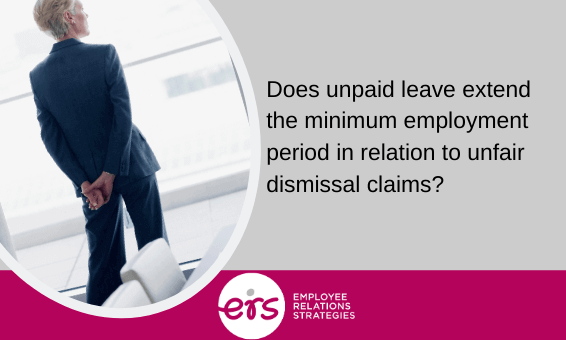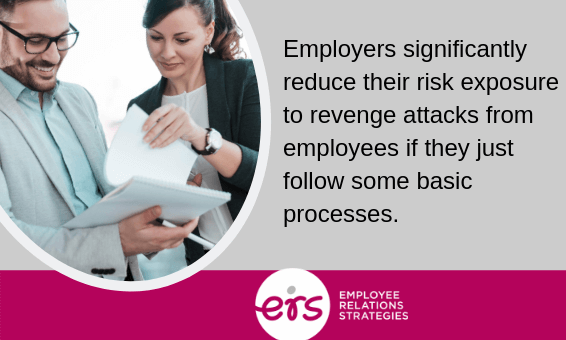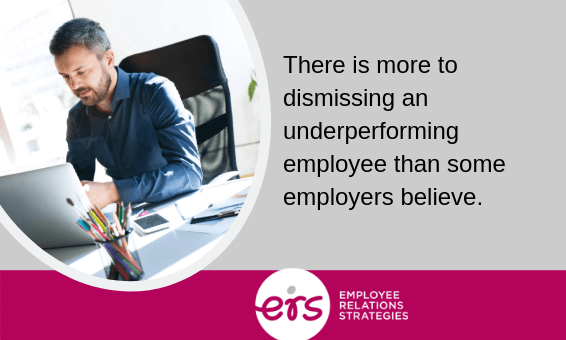
Disciplinary procedures in small offices
Disciplinary procedures are a normal, yet important part of any workplace, regardless of size. However, across different businesses, the disciplinary procedures and when they are used can differ a lot. This can be due to a number of factors, including accepted standards of behaviour or the approach of the owner or manager.









